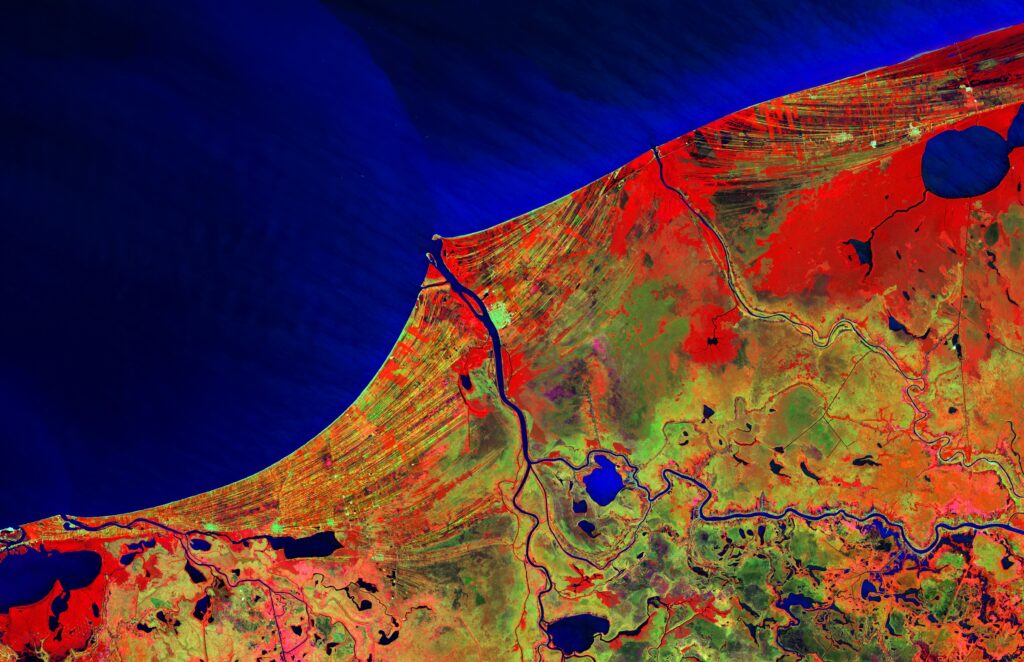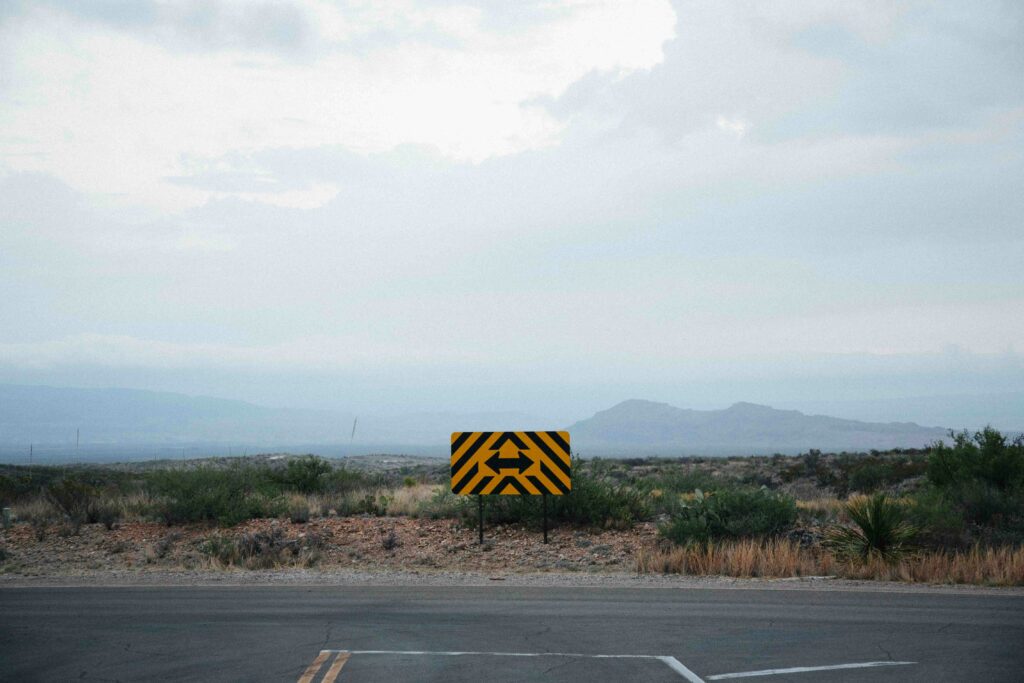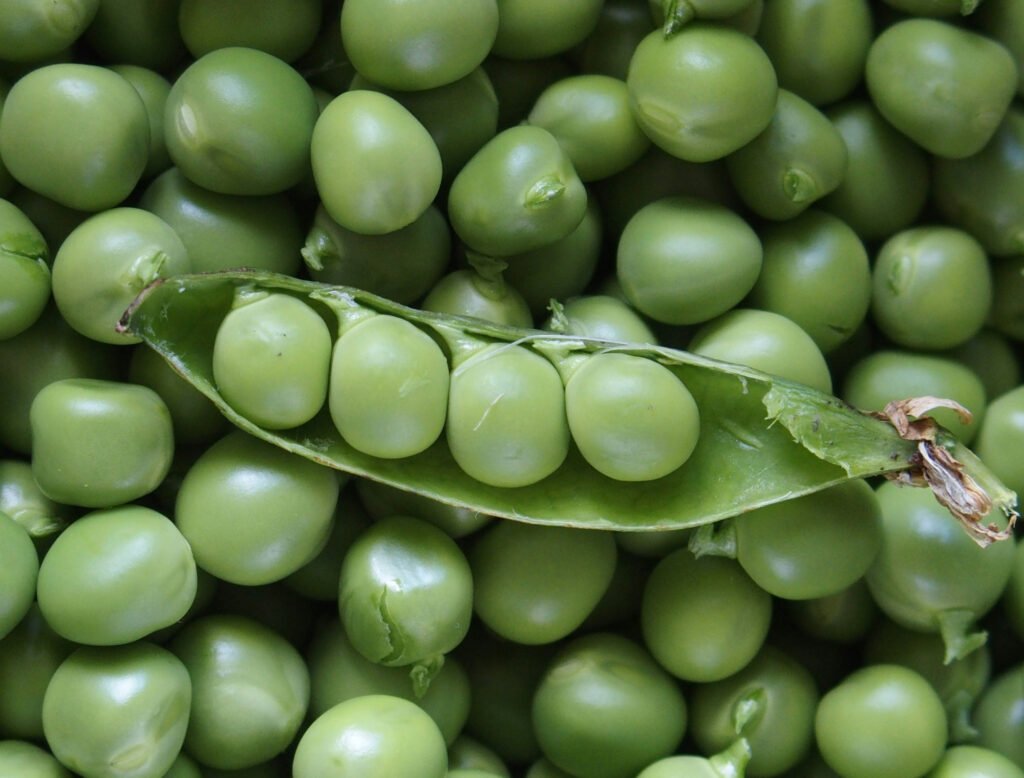How to use heat mapping for conversion rate optimisation

How does Heat Mapping aid CRO
If you want to optimise your web pages for conversion through CRO, heat mapping is essential.
Heat maps serve as a vital visualisation tool, helping to represent user interactions on your site. Through a colour-coded system, they offer a graphical representation of qualitative and quantitative data, uncovering how visitors interact with your pages—be it through scrolls, clicks, cursor movements, or visual engagement. This technology is versatile, applicable to landing pages, conversion funnels, and shopping carts among other elements.
Unlocking Insights with Heat Maps
The data derived from heat maps unlock a treasure trove of insights, aiding in understanding patterns such as:
- Areas on a page that fail to retain visitor interest
- High-engagement sections of a webpage
- The effectiveness of CTA button placements
- Elements that capture users’ attention
- Navigation paths taken by users
Employing these insights enables data-driven decisions to uplift site optimization and, subsequently, conversions.
Applying Heat Maps for Enhanced CRO
Heat maps illuminate the path to optimised site conversions by providing concrete data on user behaviour. If a high-traffic landing page underperforms in conversions, heat mapping can pinpoint specific bottlenecks—be it overlooked CTA buttons or ineffective element placements. Moreover, integrating heat maps with A/B testing facilitates an empirical approach to website redesigns or modifications.
Example cases where heat maps guide CRO strategy include diagnosing a landing page with low conversions by adjusting CTA placements or revisiting the design of elements unnoticed by users.
Comprehensive Guide to Heat Map Types
Heat mapping tools can vary, offering distinct functionality:
- Clickmaps reveal the most interacted elements, helping identify overlooked CTAs or high-engagement areas.
- Scrollmaps indicate how far users typically scroll, guiding the strategic placement of key information or CTAs.
- Mouse Tracking Heat Maps track cursor movement, offering a broader view of the user’s journey across a page.
- Eye Tracking Heat Maps require specialized equipment for detailed insights into visual attention, ideal for in-depth UX research.
Deciphering Heat Map Data
Interpreting heat maps is akin to understanding a temperature-based colour scale, where warmer colours highlight areas of high interaction, and cooler colours indicate lower engagement. This intuitive representation allows for quick analyses and actionable insights.
Setting Up a Heat Map
Initiating heat map analysis involves:
- Defining a clear objective to guide the choice of heat map type and testing hypothesis.
- Choosing a heat mapping tool and integrating it into your website, akin to setting up analytics tools like Google Analytics.
- Allowing time for data collection to gather sufficient user interaction data.
- Combining heat map insights with other analytics for a comprehensive understanding of user behavior.
For those new to heat mapping or seeking to maximise their CRO strategies with advanced data insights, partnering with a conversion rate optimisation agency specialising in B2B contexts can provide tailored expertise and support.
By harnessing the power of heat mapping, B2B companies can achieve significant strides in understanding and enhancing user engagement, leading to improved conversion rates. Whether you’re evaluating the layout of your landing page, the placement of your CTAs, or the overall navigability of your site, heat maps offer a foundational tool in the quest for optimal website performance.
Get in touch with our team to learn how CRO and heat maps can aid your website performance and conversions.
Let's Talk
Do you have a web design and build project coming up that you would like to talk about?

How to Conduct A/B and Multivariate Tests for Conversion Rate Optimisation

Applying the Pareto Principle to website redesign & builds
Let's Talk
Do you have a web design and build project coming up that you would like to talk about?